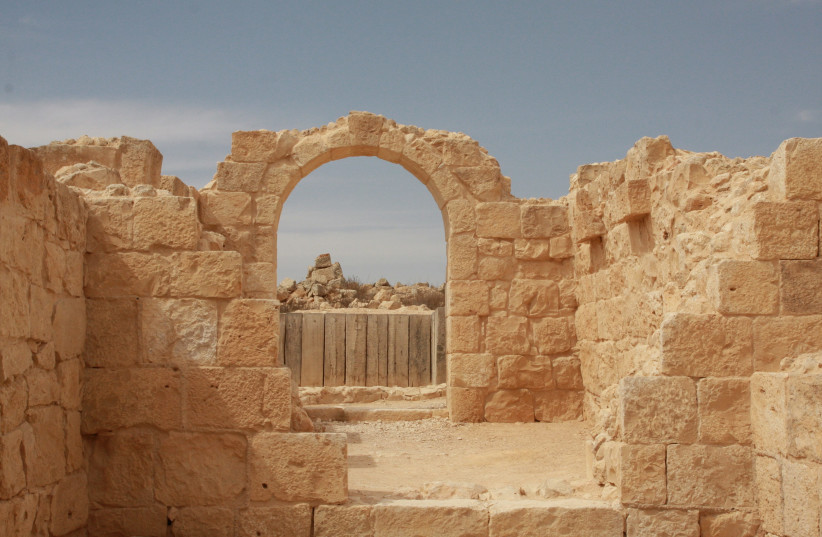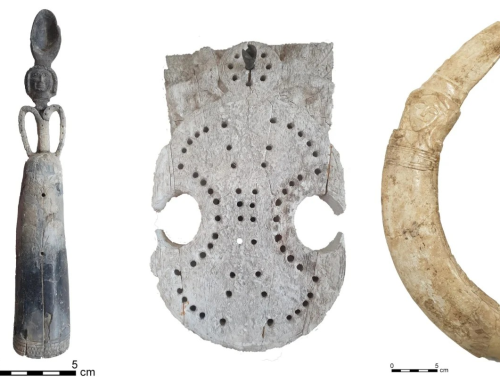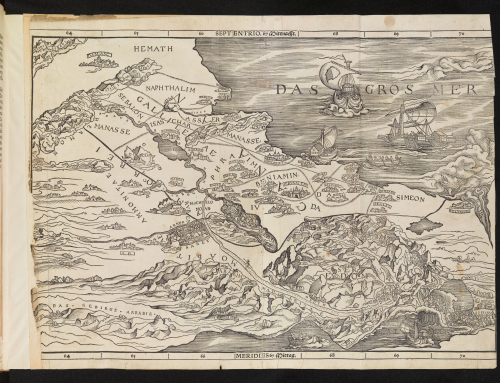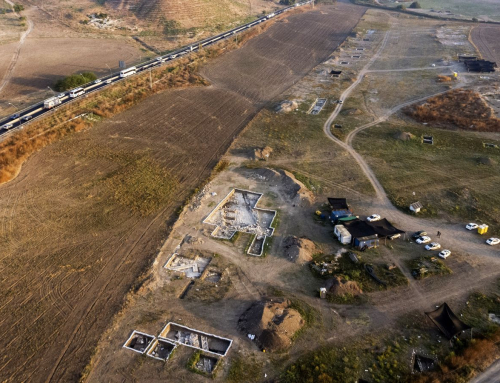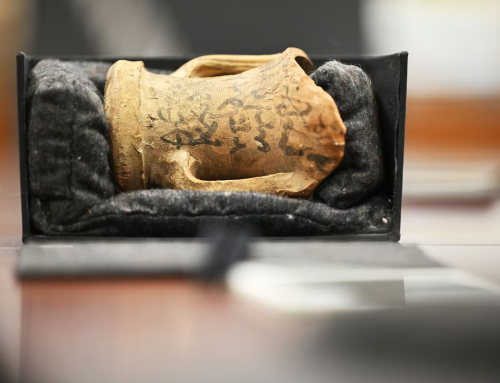Archaeologists discovered an ancient burial site containing numerous skeletons from 2,500 years ago, which may be the remains of trafficked women, in the Negev desert in southern Israel, according to a study published last month.
A team of researchers found the graves during a 2021 archaeological survey conducted in preparation for the laying of a new water pipe.
The two elaborate tombs containing at least 50 skeletons were unearthed at an ancient crossroads which was once used by caravans of traders from various cultures to exchange goods and other resources, according to the study, which was published in Tel Aviv: Journal of the Institute of Archaeology of Tel Aviv University.
Most burial sites found in the Negev, known as tumuli, are usually rounded, however, these two discovered tombs are uniquely square-shaped.
“These kinds of tombs have never been discovered in the region until now and they are not associated with any kind of settlement,” Tali Erickson-Gini, an archaeologist at the Israel Antiquities Authority, told LiveScience.
The location of the tombs at a crossroads of two important ancient paths leading from west to east is significant, Erickson-Gini explained, saying that deaths and burials were a common occurrence along ancient roads, due to violence, sickness, and the harsh weather of the desert.
The tombs contained artifacts from different cultures of the southern Levant, southern Arabia, and Egypt that date back to the late Iron Age and early Persian Achaemenid period (seventh century BCE to fifth century BCE).
Who was buried there?
Some of the objects found within the tomb suggest that the human remains discovered at the burial site belonged to adult women, however, further analysis is needed to confirm this, according to researchers. The objects included copper and iron jewelry, ceramic vases, and shells from the Red Sea that Egyptian women often used as talismans.
Incense holders and alabaster trays used in the trade of myrrh and frankincense were also found. Some of the incense holders were broken, and researchers suggested that they were likely broken intentionally as part of a burial ritual.
The researchers have suggested that the human remains found at the site may belong to women who were purchased in Gaza or Egypt and were being trafficked to Arabia to be sold as brides or prostitutes, however, additional evidence is needed to confirm this theory.
Ancient records such as the Minaean inscriptions found in Yemen have proven the practice of trafficking women for ritual prostitution.
The tomb has been preserved for further research, and a full anthropological study of its contents is still underway.
Original Article – Archaeologists discover at least 50 ancient skeletons in Negev – The Jerusalem Post (jpost.com)

